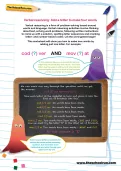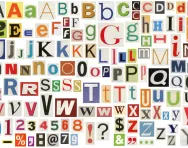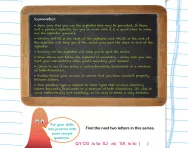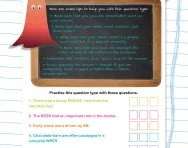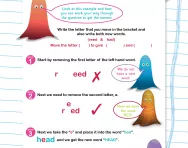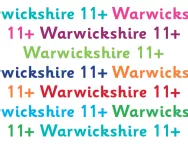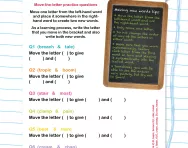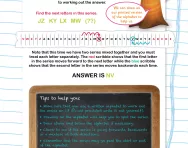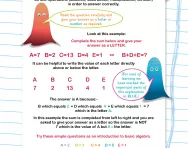Important update from TheSchoolRun
For the past 13 years, TheSchoolRun has been run by a small team of mums working from home, dedicated to providing quality educational resources to primary school parents. Unfortunately, rising supplier costs and falling revenue have made it impossible for us to continue operating, and we’ve had to make the difficult decision to close. The good news: We’ve arranged for another educational provider to take over many of our resources. These will be hosted on a new portal, where the content will be updated and expanded to support your child’s learning.
What this means for subscribers:
- Your subscription is still active, and for now, you can keep using the website as normal — just log in with your usual details to access all our articles and resources*.
- In a few months, all resources will move to the new portal. You’ll continue to have access there until your subscription ends. We’ll send you full details nearer the time.
- As a thank you for your support, we’ll also be sending you 16 primary school eBooks (worth £108.84) to download and keep.
A few changes to be aware of:
- The Learning Journey weekly email has ended, but your child’s plan will still be updated on your dashboard each Monday. Just log in to see the recommended worksheets.
- The 11+ weekly emails have now ended. We sent you all the remaining emails in the series at the end of March — please check your inbox (and spam folder) if you haven’t seen them. You can also follow the full programme here: 11+ Learning Journey.
If you have any questions, please contact us at [email protected]. Thank you for being part of our journey it’s been a privilege to support your family’s learning.
*If you need to reset your password, it will still work as usual. Please check your spam folder if the reset email doesn’t appear in your inbox.
Verbal reasoning practice: add a letter
What is verbal reasoning in the 11 plus test?
Verbal reasoning is a part of the 11 plus test where children are asked questions to show how well they understand and use language. They might have to figure out the meanings of words, spot similarities or differences between words, or complete sentences with the right words. It's like a puzzle, using words and sentences to see how well they can think with language.
What are some examples of verbal reasoning?
here are some examples of verbal reasoning questions that might appear in the 11 plus test:
- Analogies: Cat is to kitten as dog is to _____? (Possible answers: puppy, kitten, fur, bark)
- Synonyms and antonyms: Choose the word most similar in meaning to 'happy'. (Possible answers: joyful, sad, angry, excited)
- Word relationships: If cat is to meow, then dog is to _____? (Possible answers: bark, purr, wag, chase)
- Completing sentences: The sun shines during the _____. (Possible answers: day, night, winter, rain)
- Decoding words: What word is formed by rearranging the letters in 'listen'? (Possible answer: silent)
- Reading comprehension: Read the passage and answer the questions that follow.
How will this verbal reasoning worksheet help my child?
It's common to come across a verbal reasoning question in the 11 plus test that asks your child to insert a missing letter. This teacher-created resource goes over this skill and provides an excellent opportunity for your child to practise and become confident with this question type.
